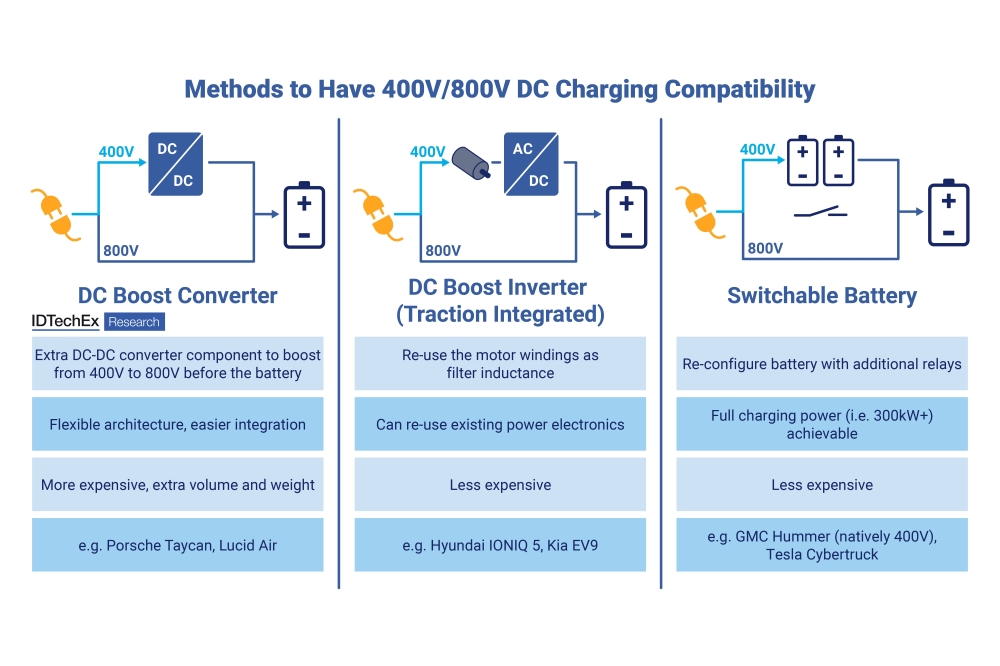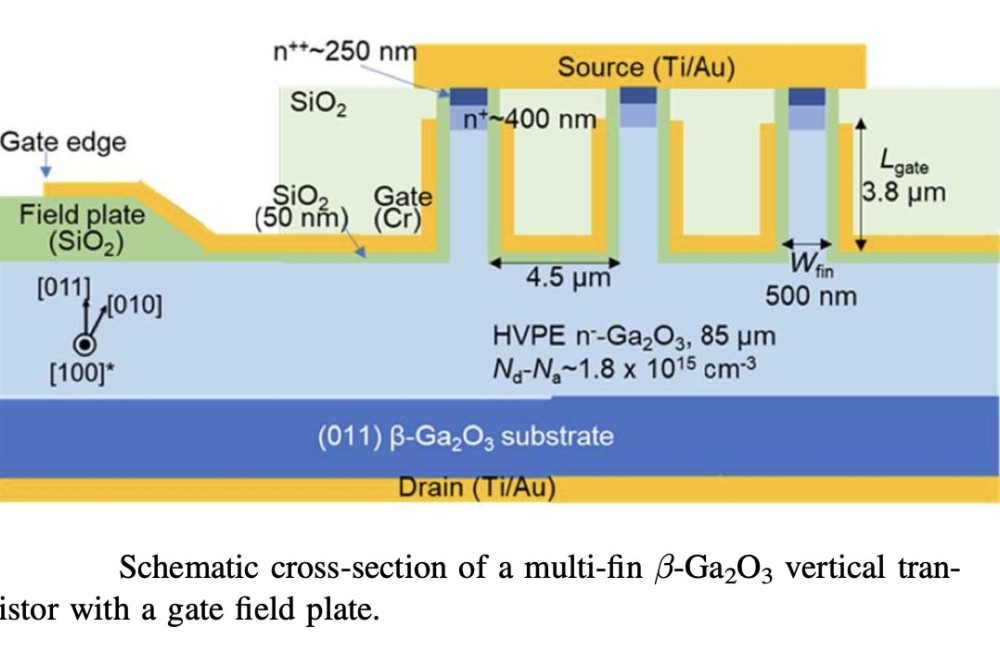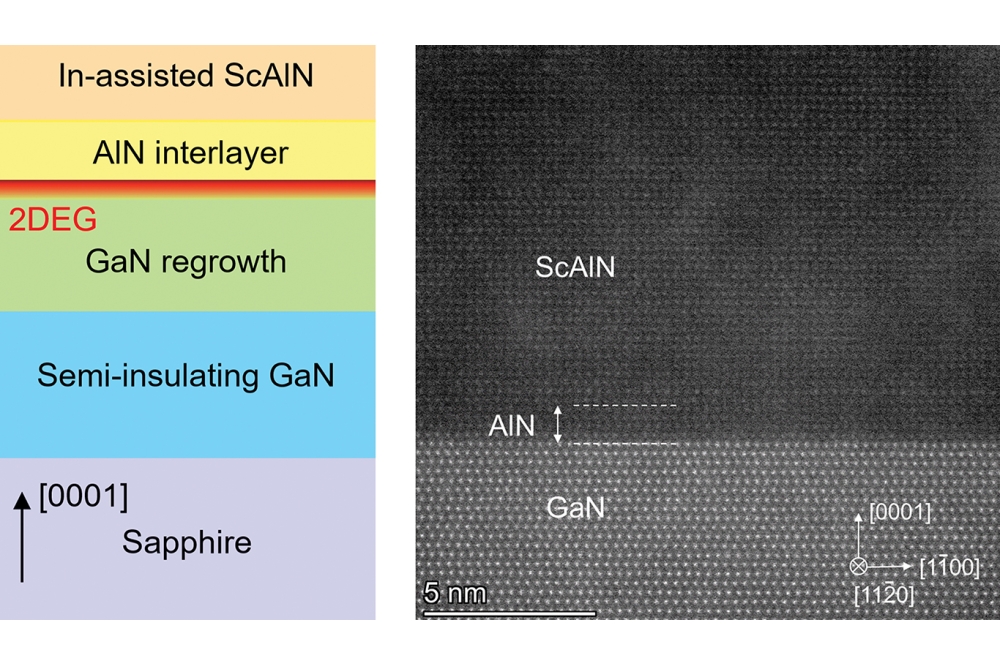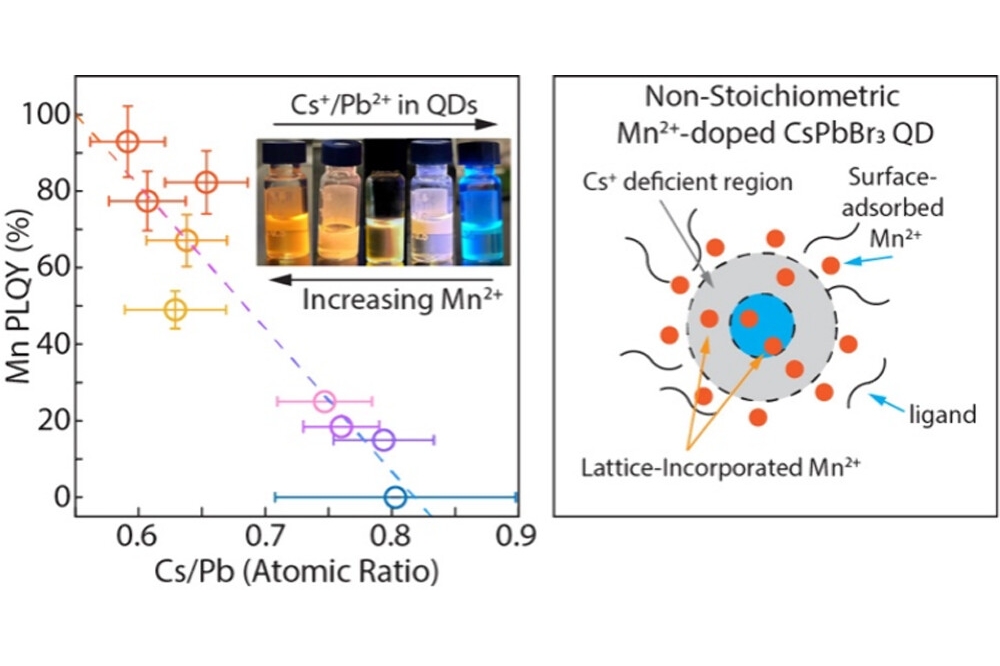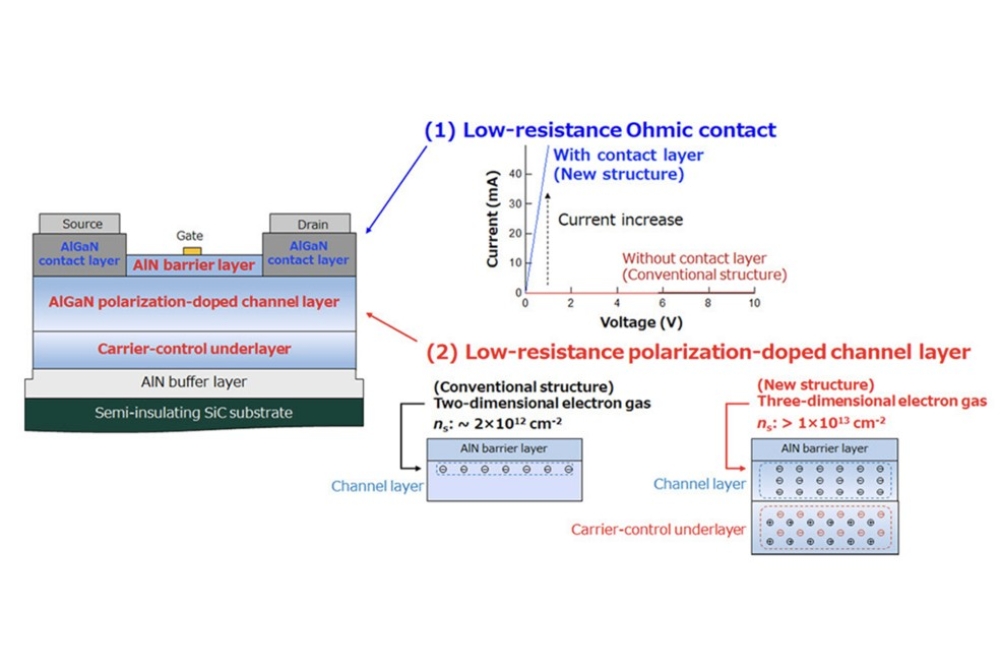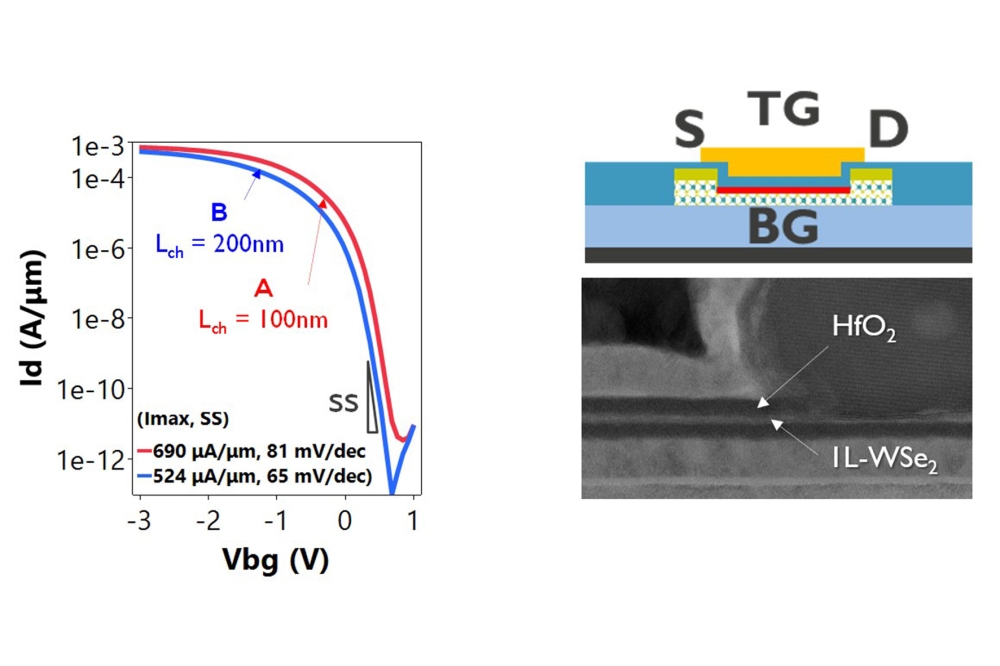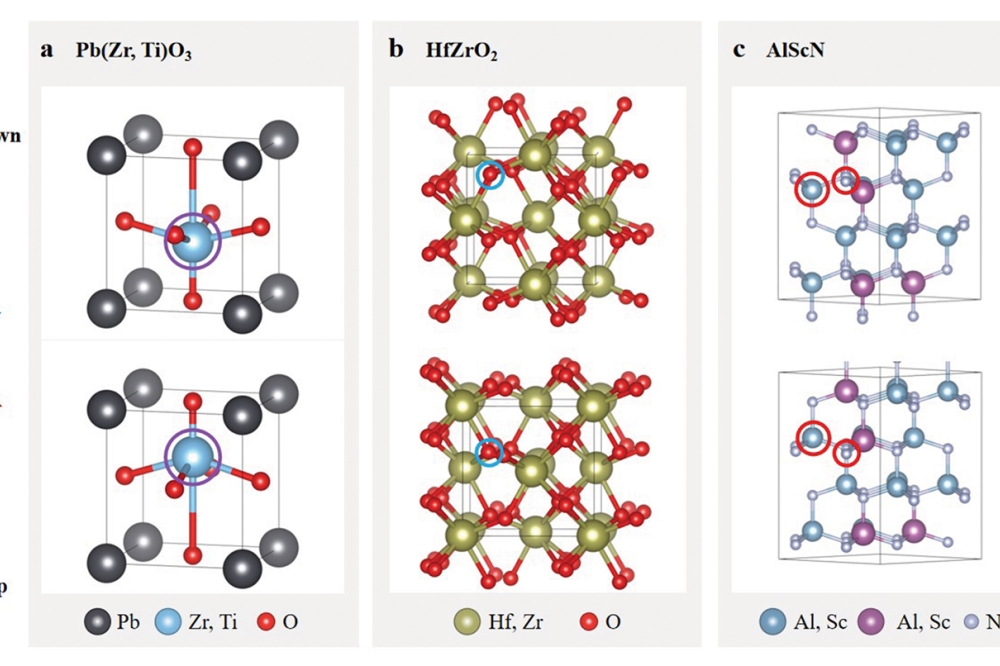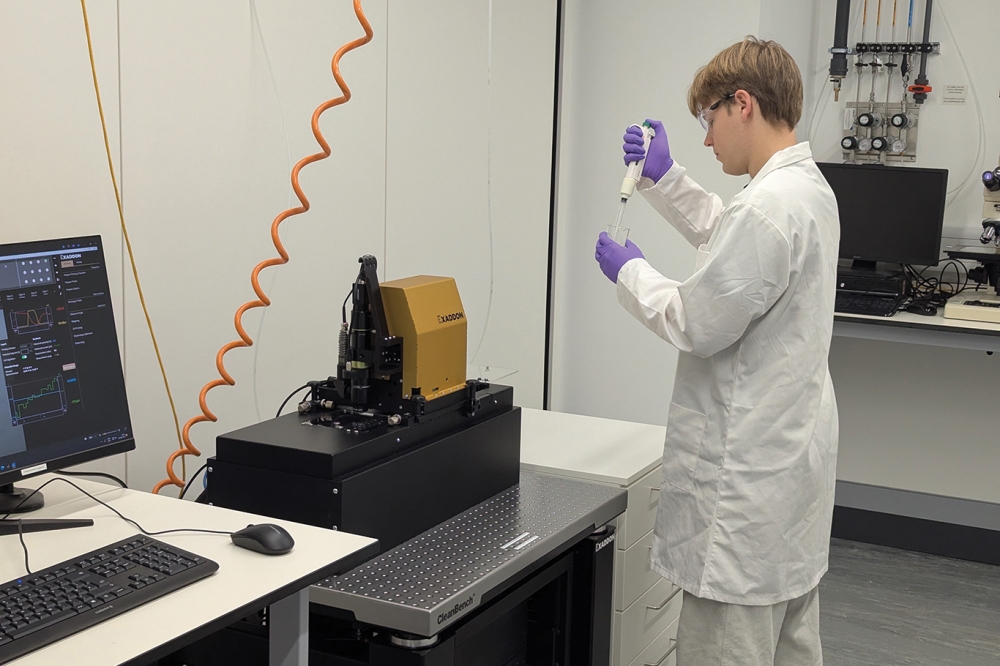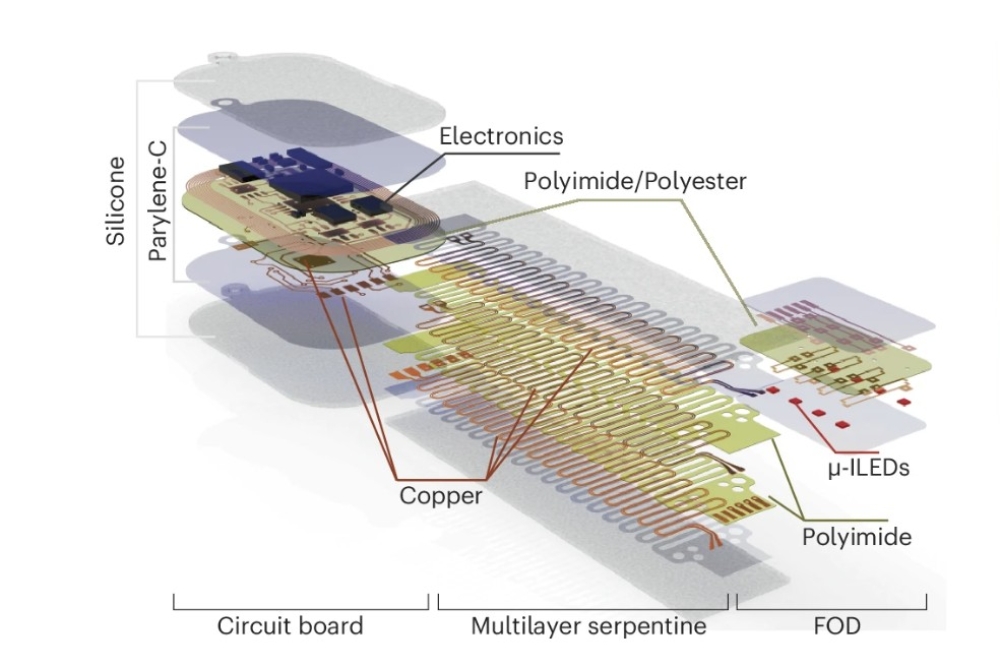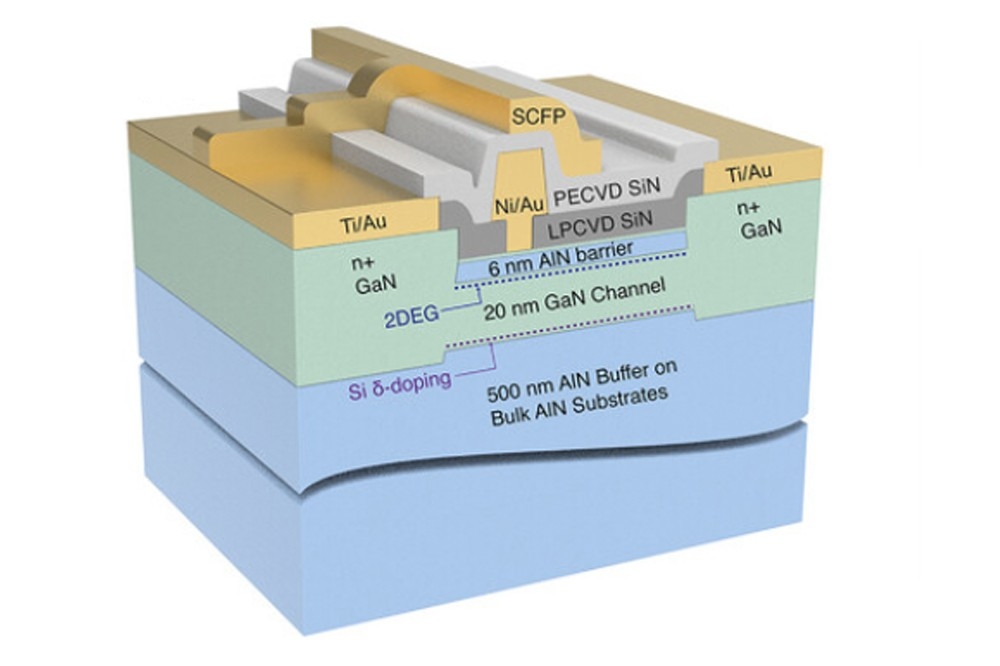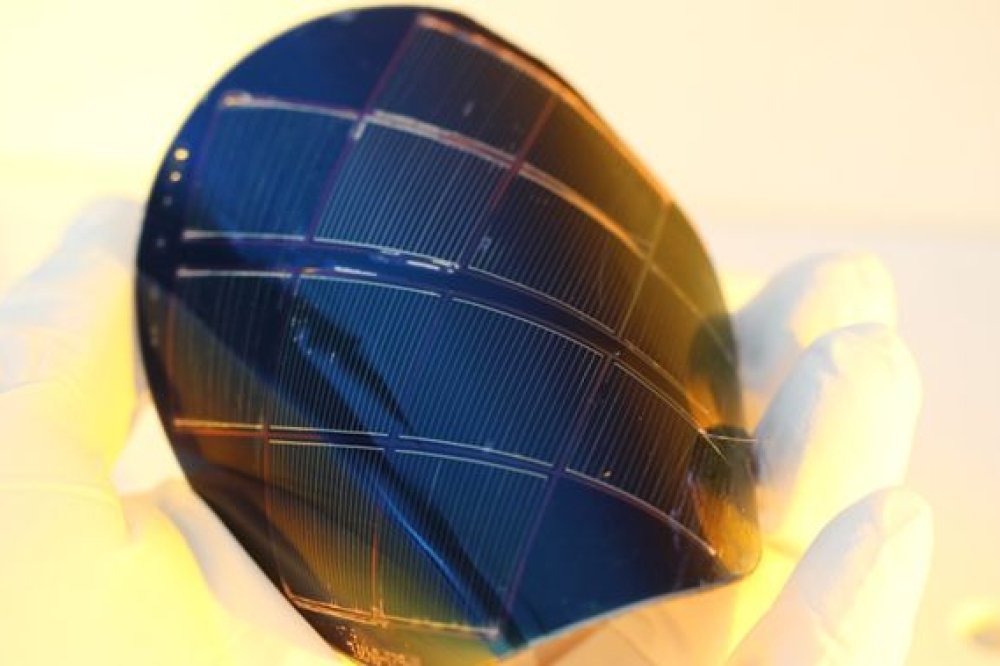Power semiconductors for carbon neutrality

Advances in semiconductor and power electronics technologies, led by increasing deployment of wide-bandgap power devices, are essential for reducing greenhouse gas emissions and developing a carbon-neutral energy system by 2050.
BY YUHAO ZHANG FROM THE UNIVERSITY OF HONG KONG
The last decade has witnessed an increase in the adoption of wide-bandgap power devices, led by those based on GaN and SiC. Both these materials have enabled improvements to the performance of power electronics systems in numerous applications. But beyond performance, what impacts are these advanced semiconductors having? Are they set to play a major role in driving down greenhouse gas emissions? And are they critical to reaching carbon neutrality?
Recently, I have been digging into these important questions, working with departmental colleagues at the University of Hong Kong, and collaborators from Virginia Tech and the University of Cambridge. Together, we published our findings earlier this year in Nature Reviews Electrical Engineering. Our paper traverses the full material-device-circuit-application spectrum, to scrutinise the combined impacts of wide-bandgap semiconductors and power electronics on greenhouse gas emissions. This thorough investigation has led us to conclude that wide-bandgap power semiconductors are critical enablers to carbon neutrality.
Since 2015, 195 countries have joined the Paris Agreement, signing up to mitigate their greenhouse gas emissions and strive towards the goal of carbon neutrality by 2050. Currently, energy generation and energy use accounts for around three-quarters of greenhouse gas emissions, mainly associated with four sectors: electricity generation, transportation, industrial processes, and the cooling and heating of buildings. Power electronics are utilised ubiquitously in all these sectors for electrical energy conversion, such as stepping up and down the current and voltage, as well as converting between AC and DC forms.
Crucial to determining the efficiency, power density and form factor of power electronics systems are the power semiconductors, in conjunction with the circuit topology and control. While it is well known that the adoption of GaN and SiC devices can bring significant performance advances, their environmental impact on carbon emissions is less researched. Filling the gap between semiconductor technology and carbon footprint demands a multi-disciplinary approach, covering the full spectrum of material, device, circuit and application.
Figure 1. The role of wide-bandgap power semiconductors in achieving carbon neutral
The uptake of GaN and SiC power devices cuts carbon footprints on many fronts. At the device and circuit level, these wide bandgap diodes and transistors can potentially have smaller carbon footprints than their silicon cousins, due to their smaller die size and superior performance. These strengths enable: a lower per-chip carbon footprint for the same energy and chemicals used in manufacturing a wafer; reduced energy loss, associated with an increased converter efficiency; and dematerialisation, that is, a reduction in the volume of materials used for passive and cooling components.
At the application level, wide bandgap semiconductors cut carbon emissions on three key fronts. First, they reduce energy loss in power conversion and trim the energy consumed by cooling systems; for example, these devices and co-optimised circuits increase the efficiency of electrical conversion from grid edge to the processors in data centres from below 80 percent to over 90 percent. Second, power devices and circuits aid the use of renewable energy in electricity generation, for example, through the use of solar photovoltaics, wind power generation, electric vehicles and heat pumps. Third, power electronics with a fast dynamic response, high switching frequencies and a high-power density promotes the electrification of transportation and buildings, for example, by boosting an electric vehicle’s driving range, its charging time and its energy efficiency.
We have analysed and quantified the potential reduction of carbon emission across four pivotal sectors – renewable energy systems, electric vehicles, data centres, and heat pumps – from the perspectives of electrification and energy conversion efficiency. This led to a number of interesting findings, such as the replacing of 80 percent of fossil-fuel electricity generation with GaN/SiC-based photovoltaic systems could lead to an annual reduction in US greenhouse gas emissions of at least 1,236 million tonnes – that’s equivalent to the annual emissions of 245 million gasoline passenger vehicles.
According to our study, substantial savings in US greenhouse gas emissions can also be realised with other significant initiatives, such as a reduction by 390 million tonnes by replacing 80 percent of gasoline cars with GaN/SiC-based electric vehicles. Meanwhile, in data centres, if silicon devices were replaced with those made from GaN and SiC, this could reduce US greenhouse gas emissions by at least 1.7 million tonnes per year; and if US homes currently heated by natural gas switched to heat pumps powered by photovoltaic systems, this could slash greenhouse gas emissions by around 260 million tonnes per year.
To ensure rigour in our findings, we considered the extra carbon emissions associated with GaN and SiC production, compared with those for legacy silicon manufacturing. Despite the smaller size of wide bandgap devices, the raw materials, chemicals and energy used in their production could be very different from those for silicon.
For this part of our analysis, we surveyed the normalised carbon emission by corporate revenue for GaN, SiC and silicon manufacturing, based on data disclosed from third-party-verified sustainability reports from major power semiconductor companies. From the survey, we estimated the extra carbon footprint for GaN/SiC manufacturing. We found this to be marginally small compared with the system-level carbon saving.
We hope that our recent paper, offering the first quantitatively analysis of the impact that wide-bandgap power semiconductors could have in realising carbon neutrality, will become a useful reference for researchers, engineers, and policymakers. Despite their potential to deliver significant change, the consequences of increasing the deployment of SiC and GaN devices have not been considered in detail, such as their impact on sustainability. But what we do know is that further innovation across materials, devices, circuits and systems, as well as a shift to designing power electronics based on the principles of reuse, remanufacturing and recycling, is essential to fulfil the potential of wide-bandgap power electronics for carbon neutrality.
Further reading
Y. Zhang et al. “Wide-bandgap semiconductors and power electronics as pathways to carbon neutrality” nature reviews electrical engineering 2 155 (2025)



